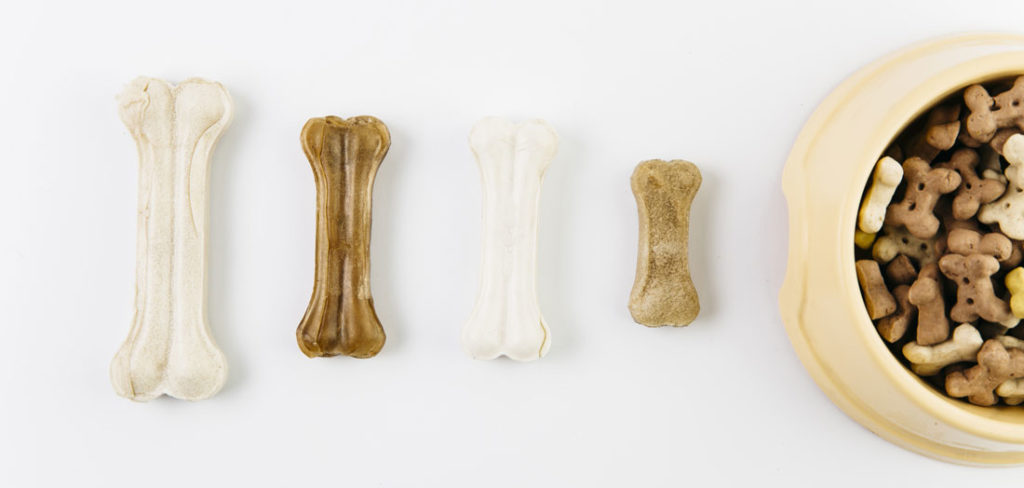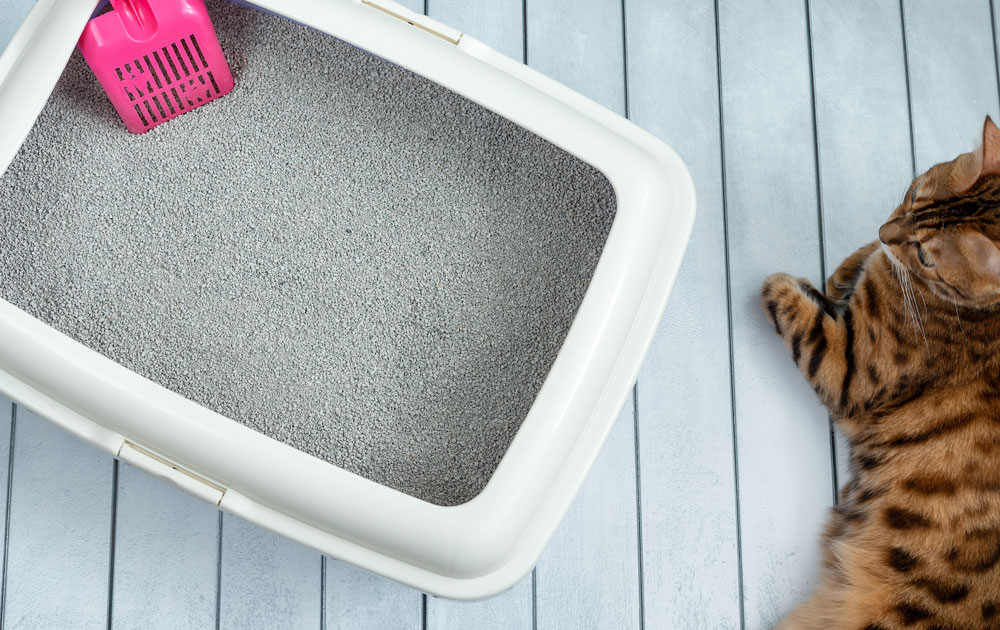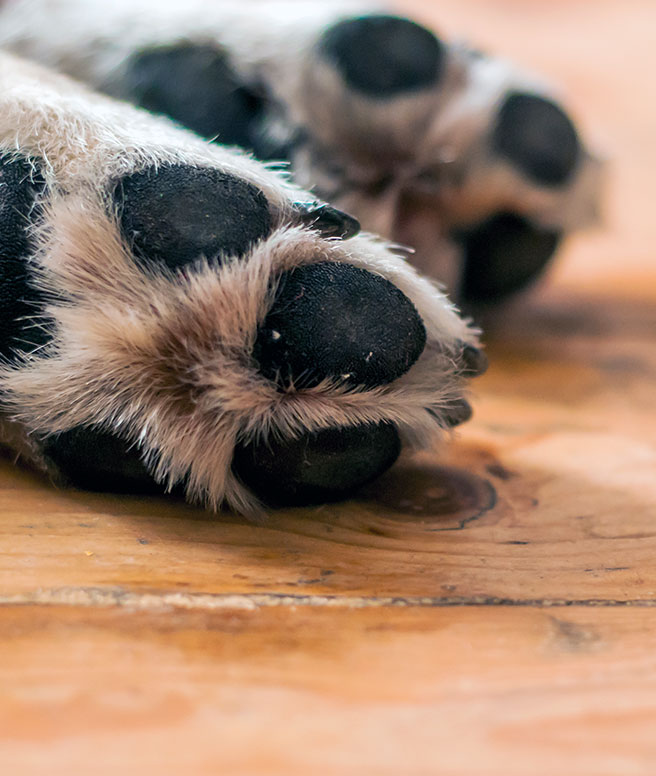With issues surrounding the environmental sustainability of earth becoming a prevalent discussion over the years, the modern consumer has developed a more environmentally conscious and balanced approach to their lives.
From electric vehicles to reusable shopping bags, more and more people have developed a strong urge to protect our environments, attempting to reduce their carbon footprints, minimizing waste, and saving money.
But it’s not just us we need to worry about.
All living animals create waste, and thus a carbon footprint. Although we may forget, our pets are also lumped into the equation.
If you think their impact is negligible, think again.
Here are some of the biggest factors contributing to your pet’s carbon footprint, and how to manage it to reduce its impact on our environment.
One Of The Biggest Environmental Offenders – Your Pet’s Diet
Did you know that pets around the world consume up to 1/5th of the world’s meat and fish?
Even though many pet food products are derivatives of human food products, this puts into perspective the impact animals and the pet food industry can have on our planet.
A recent UCLA study* also found that pets create the equivalent of 64 million tons of carbon dioxide a year, largely in part due to meat consumption and the resource-heavy requirements for the production of meat-based pet food.
For the environmentally-conscious consumer, these are some jarring facts that can be combated with a little research into what you are feeding your pets.

Here are 3 tips on how you can change your pet’s diet to reduce waste:
- Switch your animals to vegetable-heavy diets which use fewer resources to produce. Although cats require meat, dogs are omnivorous. If you do decide to switch your pooch to a green diet, make sure that they are still getting the necessary vitamins and minerals that are prominent in meat. Avoid a purely vegetarian diet, which can be a health risk to your dogs, but cut down on the meat frequency if possible.
- Feed your animals less. With so many pets tipping the scales into the overweight category, this can impact not only your animal’s health, but can also be devastating for the environment’s ability to recover from the increased strain of additional waste.
- Buy sustainable products that use less packaging. Because packaging itself creates a large footprint, finding more environmentally conscious packaging can help dampen the toll taken on the environment from emissions that heavily packaged products produce.
Be Conscious of Cleaning & Grooming
Another way in which pets produce waste is via their feces, which many owners neglect to pick up, especially in public parks and sidewalks. This is mainly an issue with dogs, but cats do have their own waste-based problems.
Cat litter has a significant impact on the environment. Mining the ingredients that are used in many types of cat litter (using a process called “strip mining”) leads to the depletion of topsoil and vegetation on hills and mountains. This leads to erosion, destruction of habitats for wildlife, and can also stir up pollutants.

Even worse, cat litter is not biodegradable and will not break down over time. This puts extra stress on landfills across the globe.
Cat’s also have potent urine that can seep into the underpads of carpeting. When dealing with the pungent scent, you don’t need powerful deodorizing chemicals to get a deep clean like you may think. Sustainable sprays do just as good a job, and at a fraction of the environmental cost. Enzyme-based products like Urine Gone can help remove the scent and stains associated with cat urine.
When it comes to getting rid of waste, plastic bags can wreak havoc on the environment. American pets produce as much feces as 90 million Americans per year. If 75% of that waste has to be picked up with poop bags, that equates to a lot of extra plastic. Plastic also takes years and years to decompose which can remain in landfills for a long time.

Try to buy environmentally conscious or compostable poop bags when looking for a product to deal with the doo-doo.
Cleaning up after your pets, buying environmentally conscious or compostable poop disposal bags, and also feeding your pets the right foods, can all help reduce their environmental footprint.
Prioritizing Pets & The Environment
Pets can produce a lot of waste, and despite their physical size versus humans, when you add up cats, dogs, bunnies, birds, etc worldwide, the environmental impact of the products tailored to pets is massive.
Now that we as a species are being more responsible about how we treat the earth, which comes with tangible benefits like saving money and time, it’s time to be responsible on behalf of our animals, or at least the ones that live under our roofs.

For more information on how to reduce your pet’s carbon footprint and to learn how to sustainably and rapidly clean stains and neutralize the powerful scent of pet urine, check out Urine Gone, a non-toxic, safe solution designed for pets, people and households.
